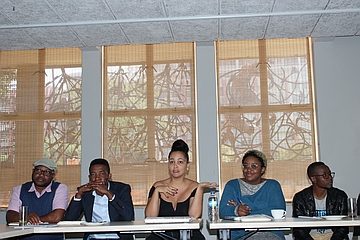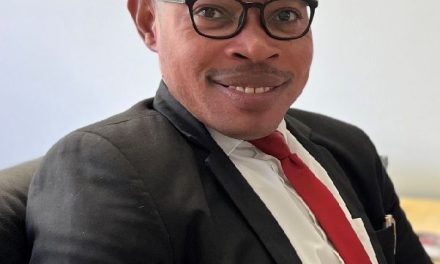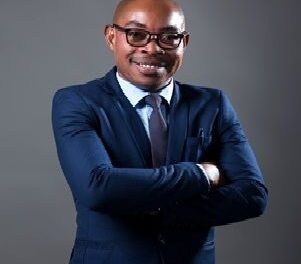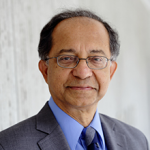
Week long boot camp unpacks the role of a curator

A week long workshop for arts students, graduates and enthusiasts to share skills and learn from qualified curators was held for the first time, last week.
The workshop which was done in collaboration with the National Art Gallery of Namibia and the Goethe-Institut Namibia, featured experts from Namibia, South Africa and Nigeria.
Elize van Huyssteen, a Namibian Arts Association Curator who was one of the facilitators at the boot-camp said the sudden influx of art graduates has the country’s visual arts scene in a dilemma, calling for new approaches to curating.
“As the arts scene unfolds and develops, there is a lack of a vision, which makes the profession chaotic at times, this is when curators are needed to bring the spaces of display to the creators and for them to also create new spaces for the presentation of their work,” she added.
According to Ndeenda Shivute, Curatorial Coordinator at NAGN to address the skills gap in the visual arts scene of Namibia, the boot-camp opened with the topic of understanding a curator’s role.
“The profession is often overlooked and not understood enough to be appreciated in Namibia, even though the arts sector is fairly small but has grown a lot since independence, therefore this means we are now at a stage where there are many creators but not enough people to get that art from a studio and into a gallery,” she added.
She explained that the boot-camp encouraged participants to look outside of the ‘white cube’ and understand the creation of space outside of official institutions.
“Communication is a key concept in curation to manage the collection of a gallery or museum effectively, to the degree of engaging with the public for them to understand and appreciate the craft,” she said.
An Art Talk during the boot-camp challenged the conventional perception of a curator as developed in Europe and encouraged participants to redefine the role in the context of Africa and the continent’s cultural practices.
The stagnation of collections and their lack of fluidity also featured in the discussion, where participants and the public guests agreed that collections can be preserved, as the curator’s role is defined, but can also grow to accommodate new items.











































